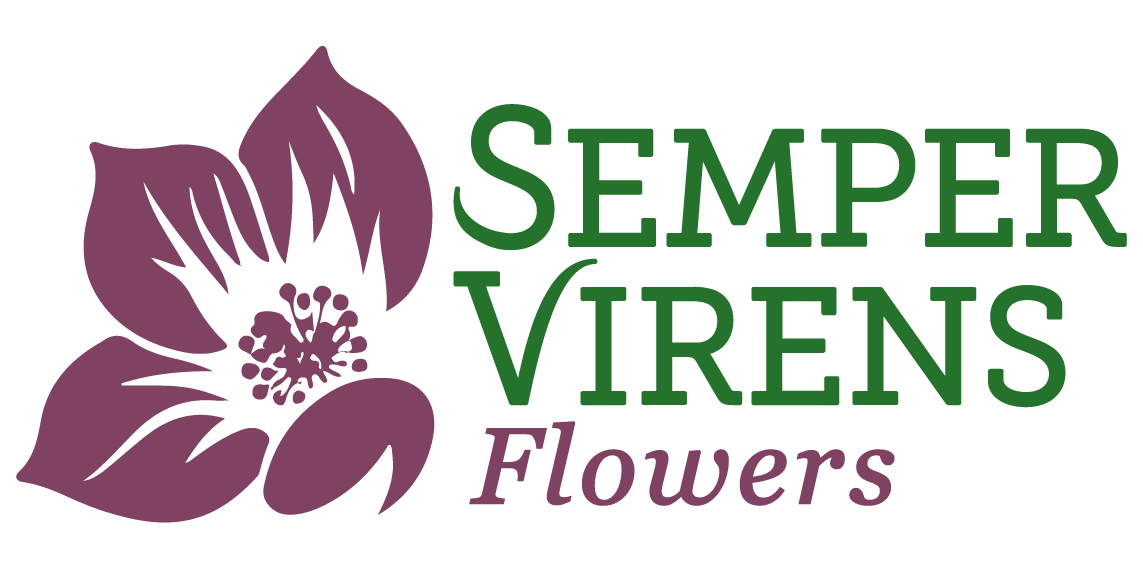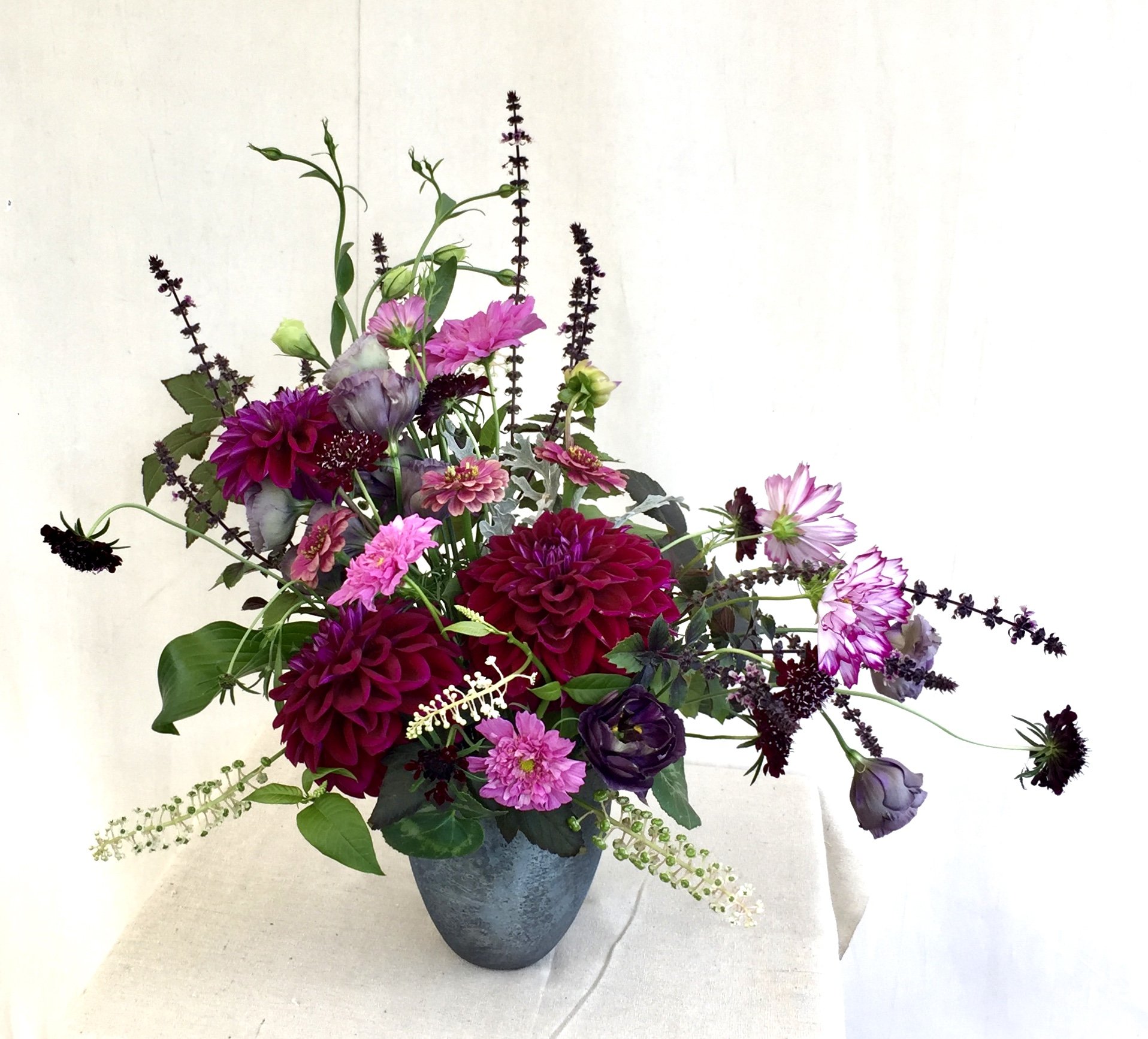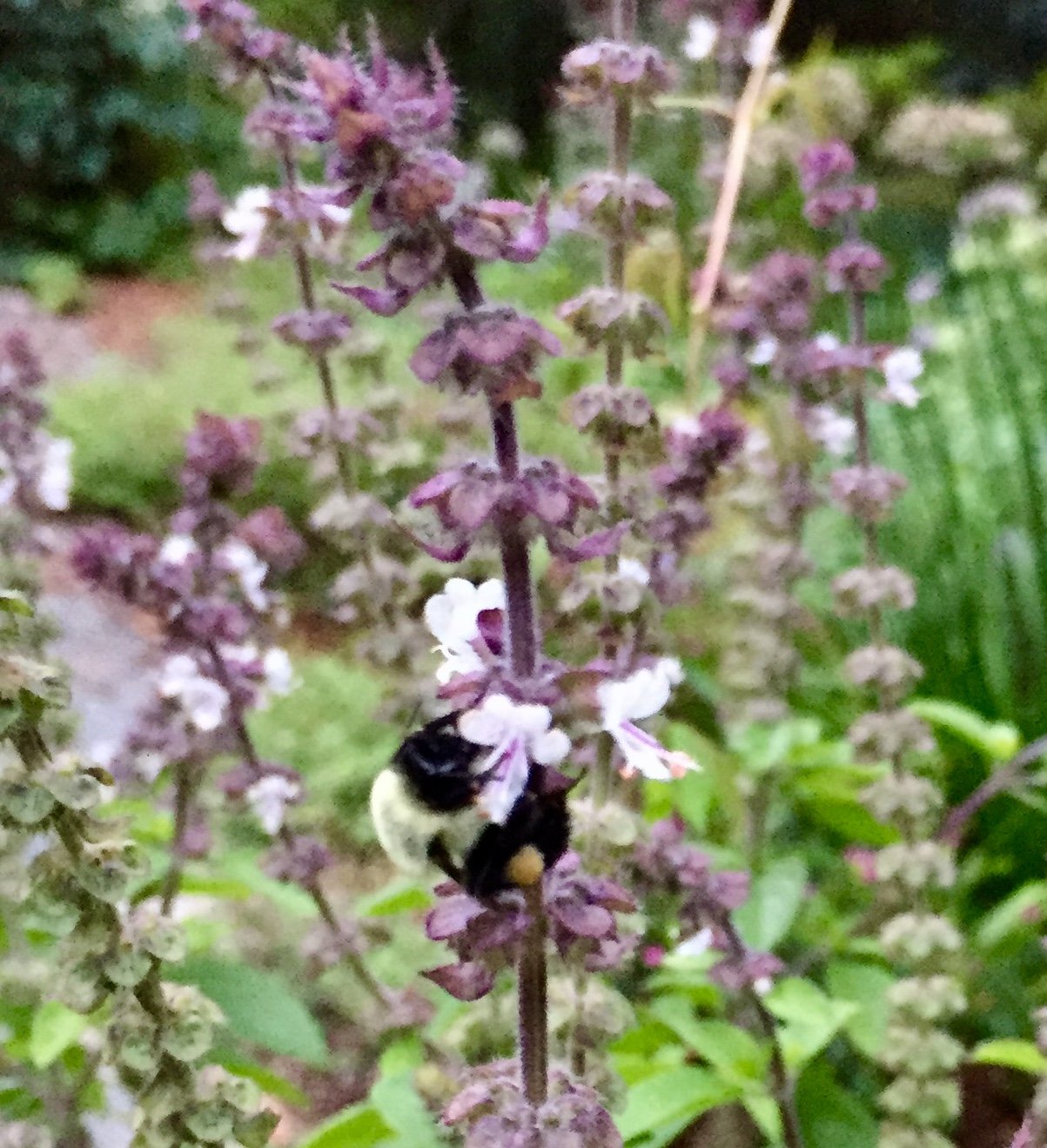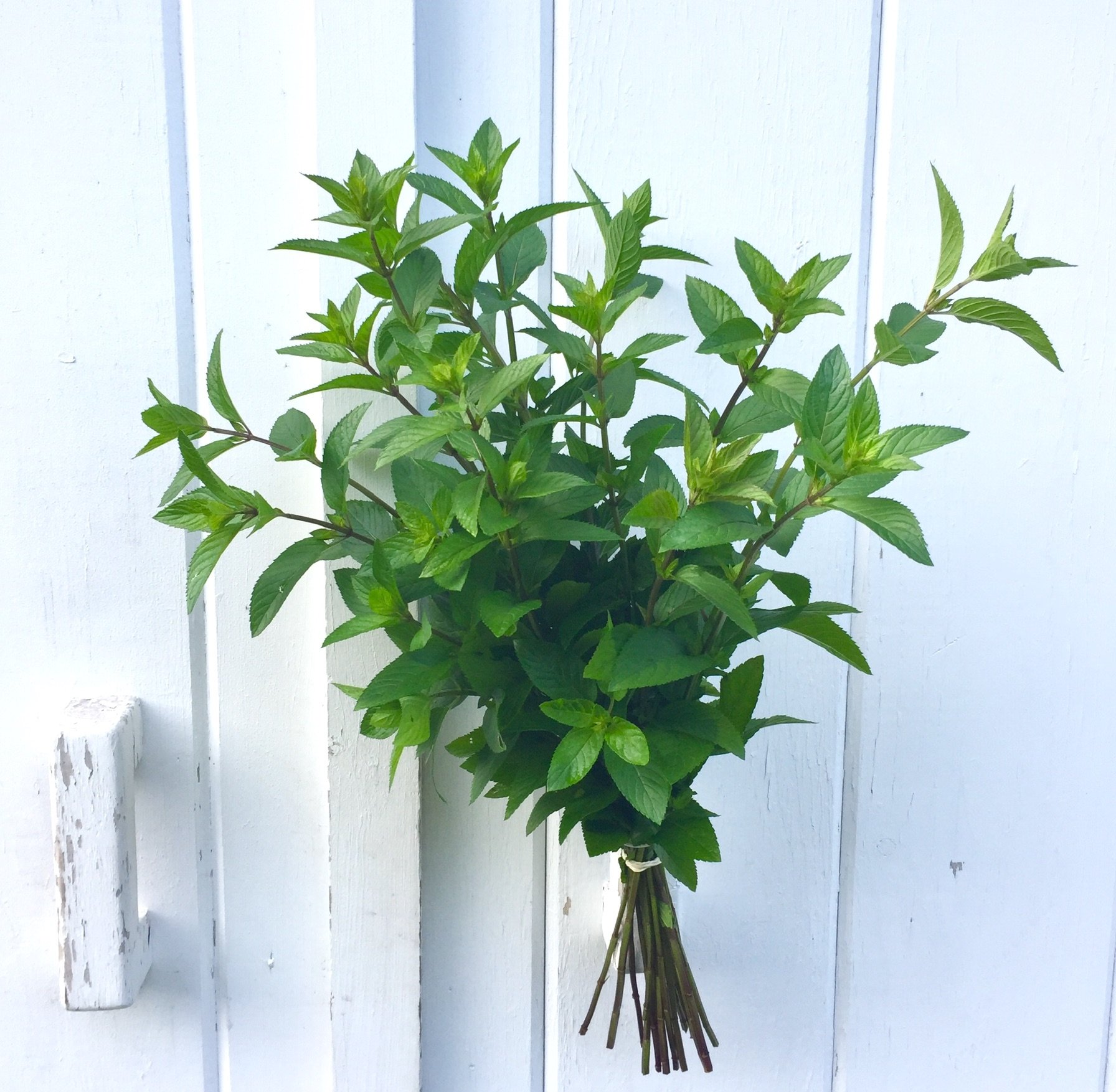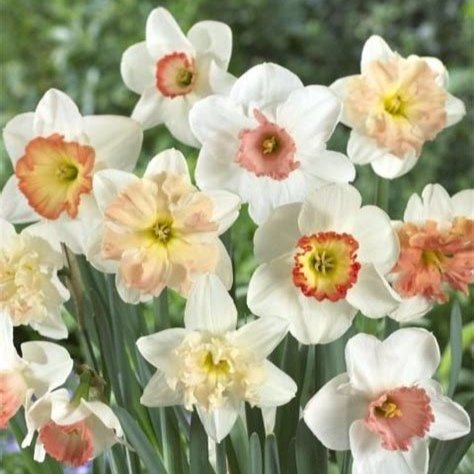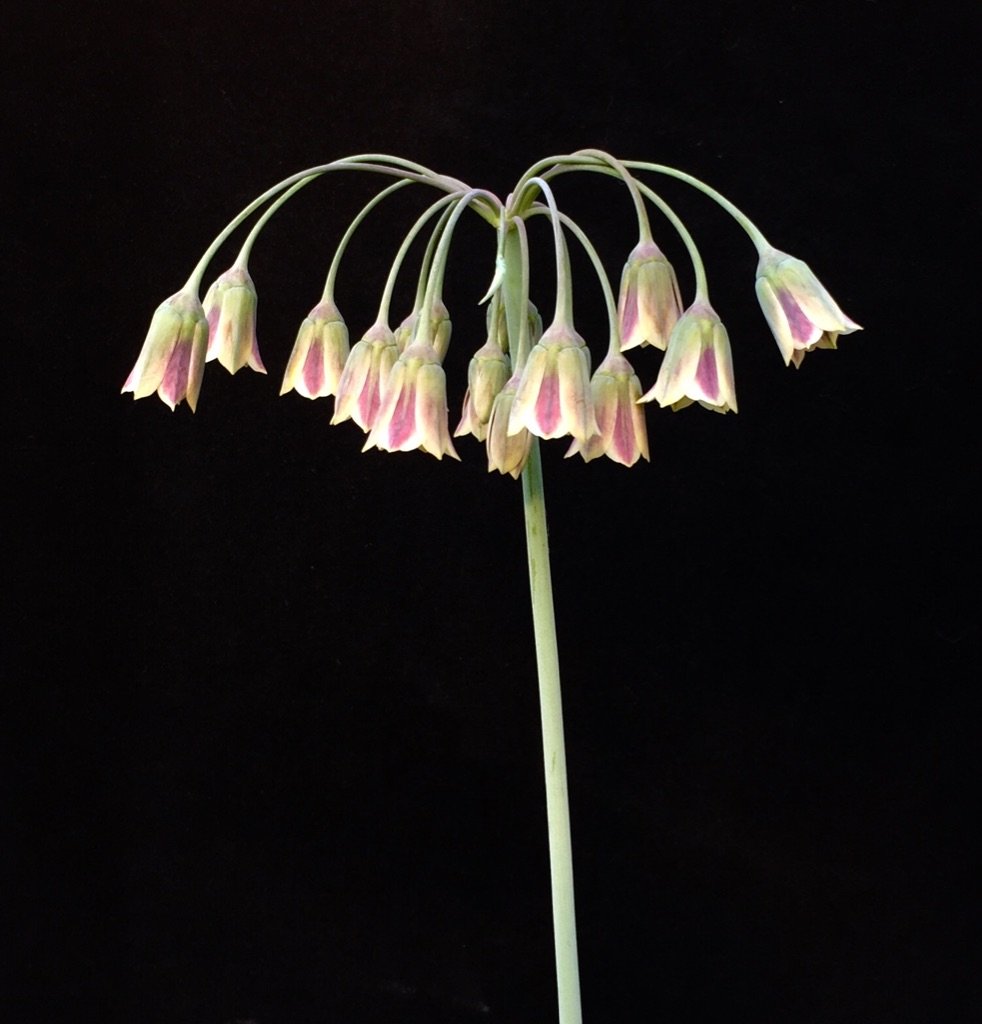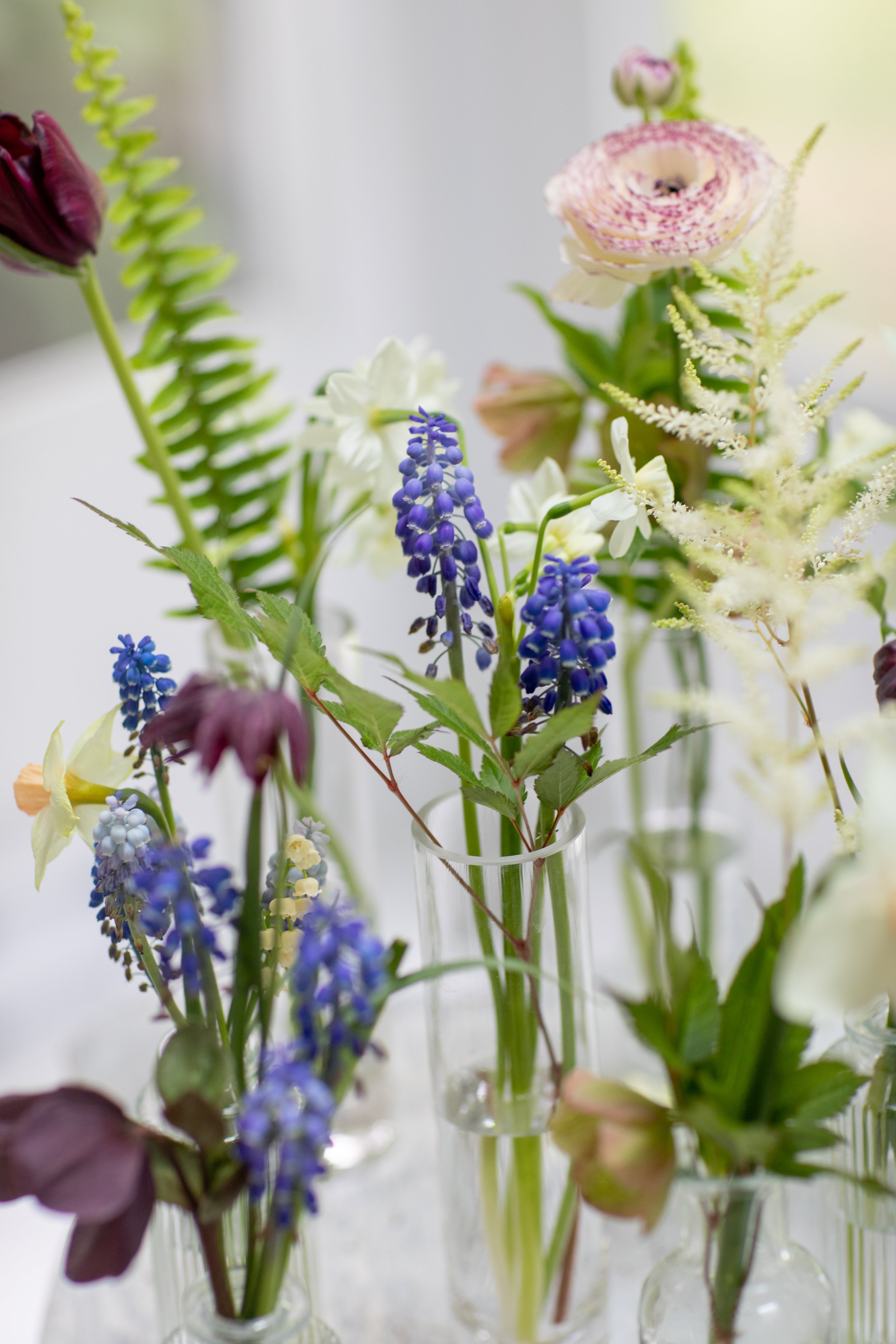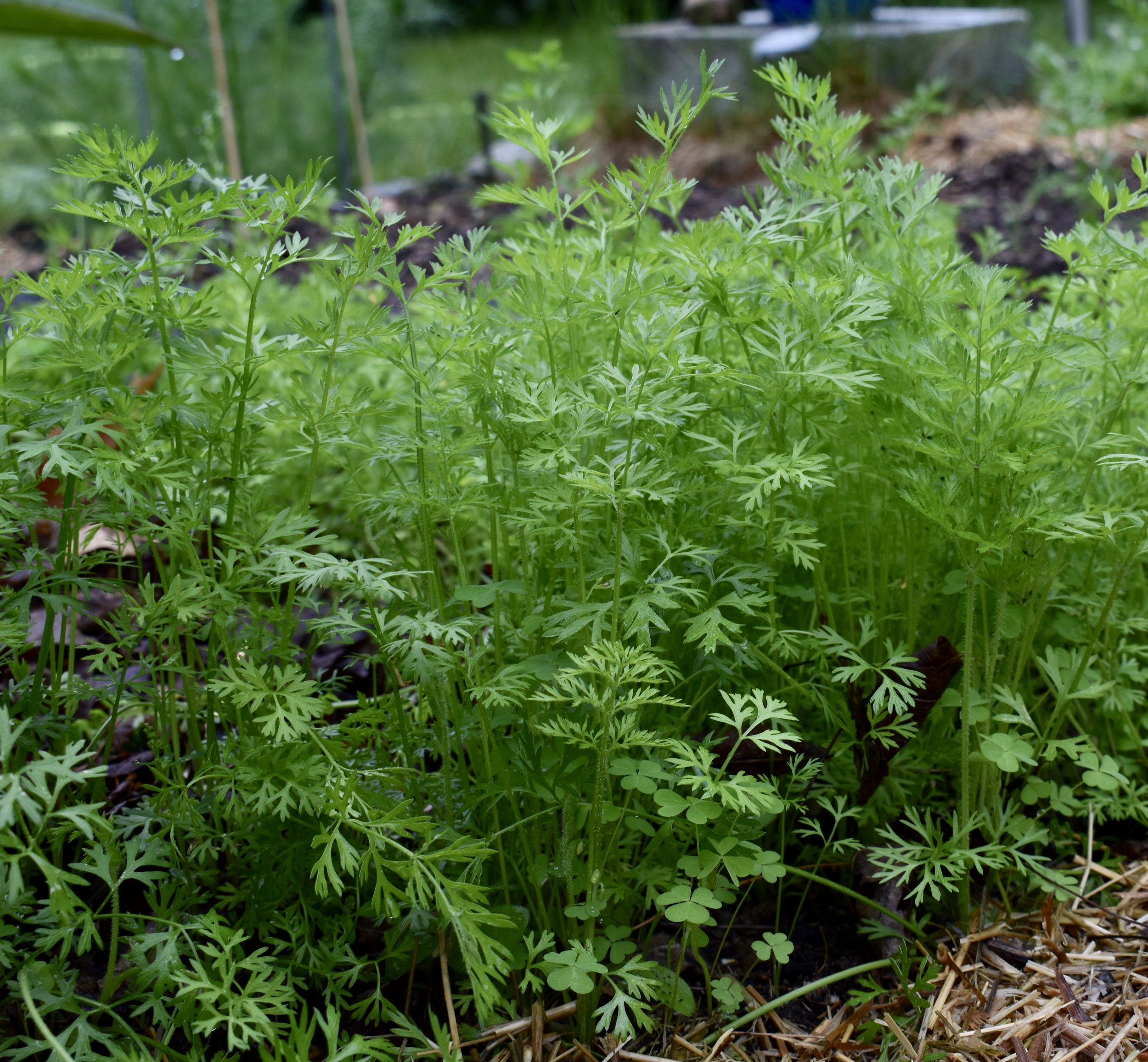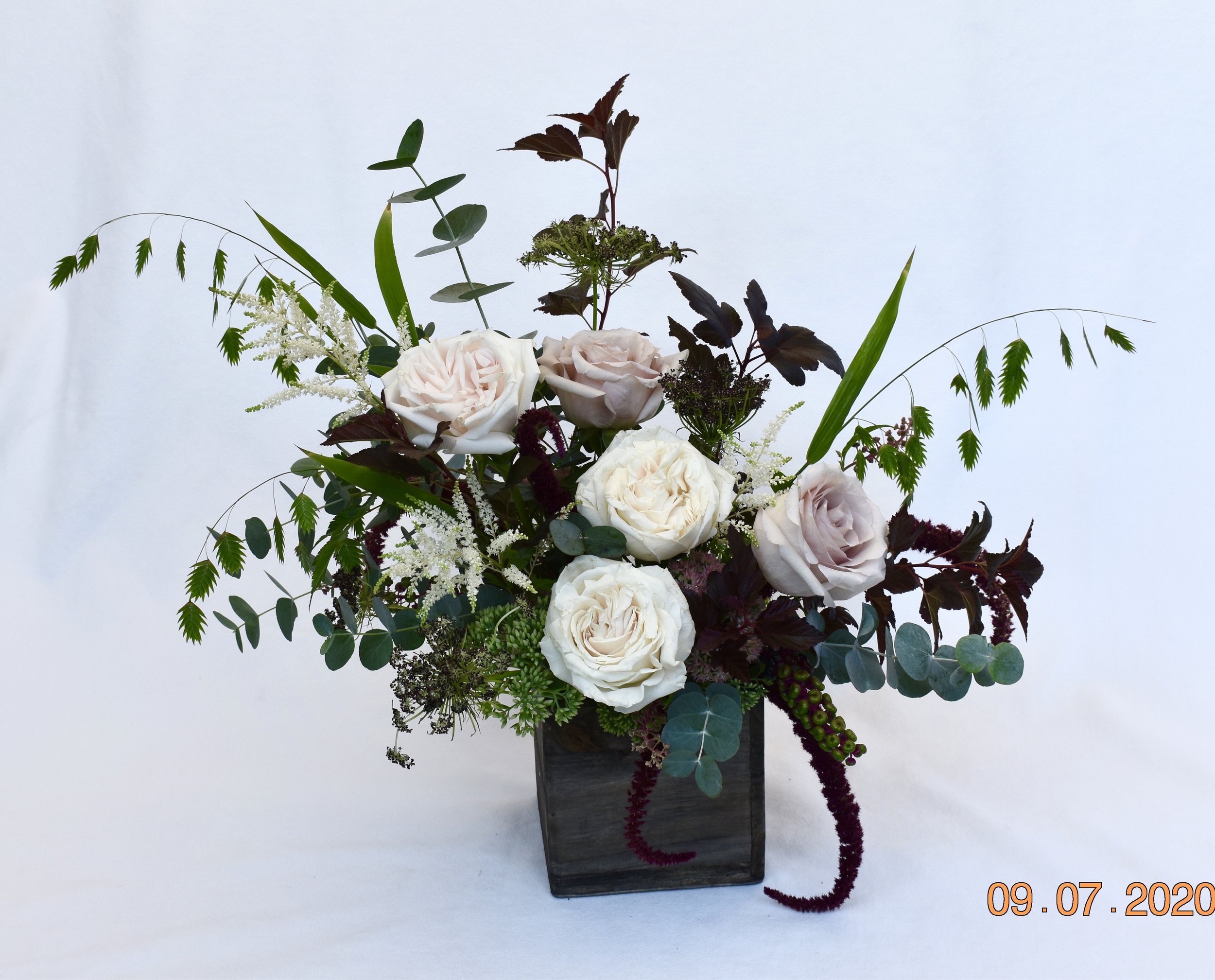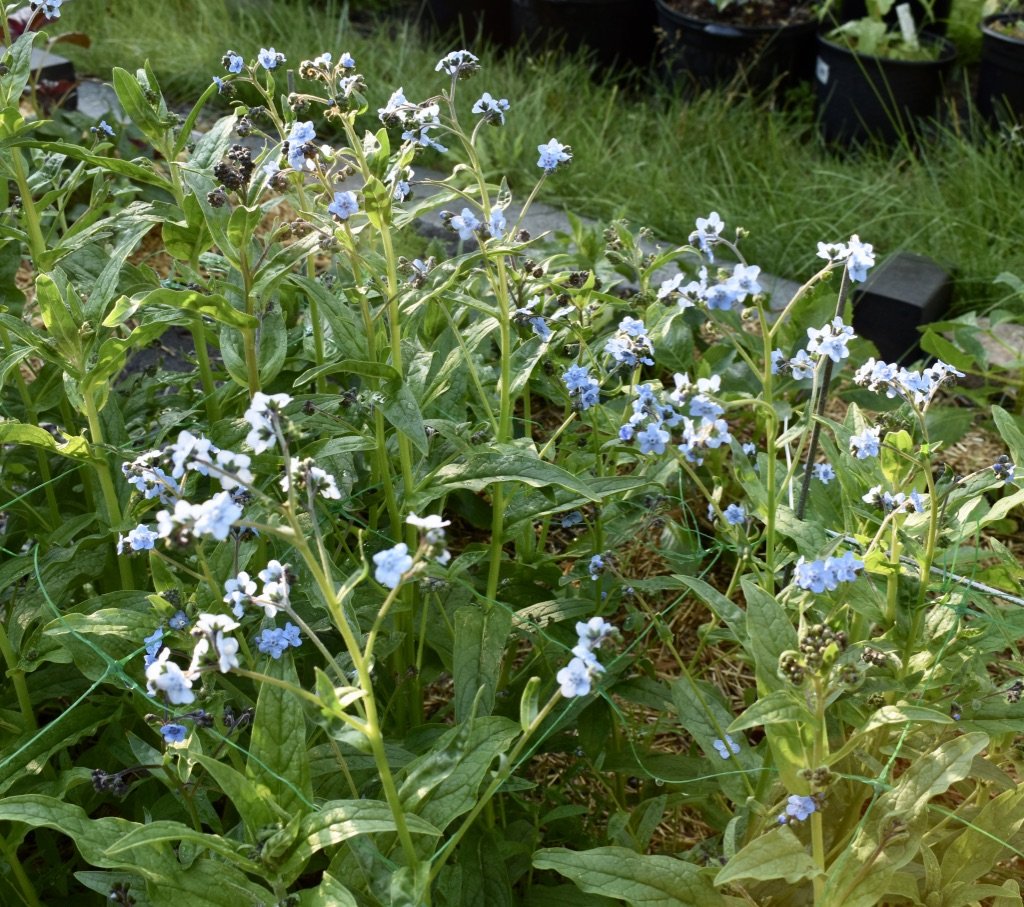Where Do You Get Your Flowers? (Part 2 of 2)
A question I’m frequently asked at my Cutting Garden workshops is: Where do you get your flowers? The answer is I do a mix of things to fill the cutting garden with reliable and unique flowers. Last month in my first blogpost (Part 1 of 2) on the subject, we covered 1) direct-seeding growing easy-to-grow plants , 2) planting reliable perennials plants, and 3) buying seedlings or six-packs that someone else grew. Today I’m sharing more ideas for sourcing beautiful flowers and foliage for the cutting garden. As always, please share your favorite plants and sources in the comments below.
Add some herbs to the mix: While everyone is excited to grow flowers in their cutting garden, it’s equally important to grow “fillers” and foliage to create your bouquets and arrangements. These “supporting actors” should comprise 1/3 to 1/2 of what you grow. Herbs provide fragrant filler flowers and foliage, and they attract pollinators to your garden. These beneficial insects help to control pests in your garden, feed the birds in your yard, and result in pollination and thus more flowers! Recommended annual herbs include dill, rosemary, borage (blue flowers), ornamental basils, ornamental oreganos (Kent Beauty or Kirigami), and sage. Sage can be a tender perennial in my Zone 6A area. Some lavenders such as Munstead do fine as perennials in New England.
Eucalyptus is another useful foliage plant and can often be found at garden centers. If you plant a few euk plants now, you’ll be harvesting the popular gray-green, aromatic branches in mid-summer through to the frost. You can try over-wintering the eucalyptus inside in a container too. I love to use Chocolate Mint in summer bouquets for its bright green leaves and delicious scent (see photo above). Spearmint is also useful for floral arrangements. However, NO MINTS in the cutting garden, please! They spread too aggressively for that. Give them a separate area, far far away from the cutting garden bed! Every spring, I make a pilgrimage to Paisley Farm and Greenhouses in Boxford, MA to purchase from their wonderful selection of herbs. (Bonus: they’re right next door to Benson’s Ice Cream!).
Plant Bulbs in the Fall - OK, this topic could easily be a separate blog post, but let me briefly cover some key points about planting bulbs in the fall for gorgeous spring blooms. Now is the time to be pouring over the catalogs for bulbs such as tulips, narcissus, fritillaria, muscari, nectaroscordum (Sicilian Honey Garlic), etc. If you wait too long to order, the good stuff will be gone! I’ve been very pleased with bulbs from John Scheepers and Longfield Gardens. Many bulbs (including narcissus, muscari and fritillaria) will keep coming back and even spread, which is a boon to the cutting garden.
That is not the case with most tulips though, which are generally a one-season-and-done flower. I planted my tulips in raised beds this past year instead of “field digging,” and I will never go back! It was 1,000 times easier to harvest tulips from a raised bed. I recommend mixed tulip bulb packages from Scheepers, especially their parrot and peony-flower tulips mixes. All so gorgeous! When you grow your own specialty tulips, narcissus and fritillaria, you get amazing flowers that are simply not available anywhere else!
Let your plants do the seeding for you - Self-seeding flowers can be a fun bonus for you in the cutting garden. Some self-seeders that have come back well for me include Queen Anne’s Lace and Ammi/Dara, Nigella, Chinese forget-me-nots (Cynoglossum) and dill. Pay attention to your cutting garden in early spring, and note if you’re seeing desirable baby seedlings coming up. They will likely come in too thickly and need thinning, as well as removing from areas where you don’t want them. That’s way less work than starting from seed and no cost! My verbena bonariensis likes to self-seed all over the place, and I enjoy its willowy, purple-tipped stems swaying in the breeze. Cosmos, nicotiana, cardinal flower and amaranthus also self-seed around the garden and the compost heap. Bonus flowers for little effort on your part!
I hope this info is helpful to you. Please add your recommended plants and sources in the comments below, thank you!
